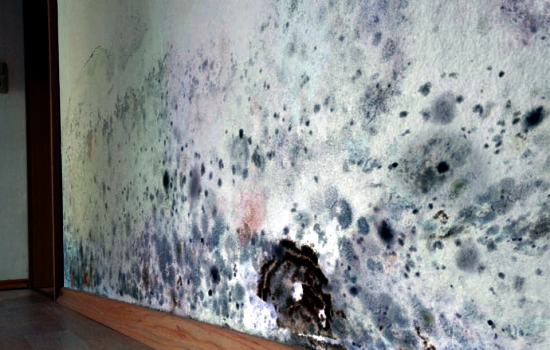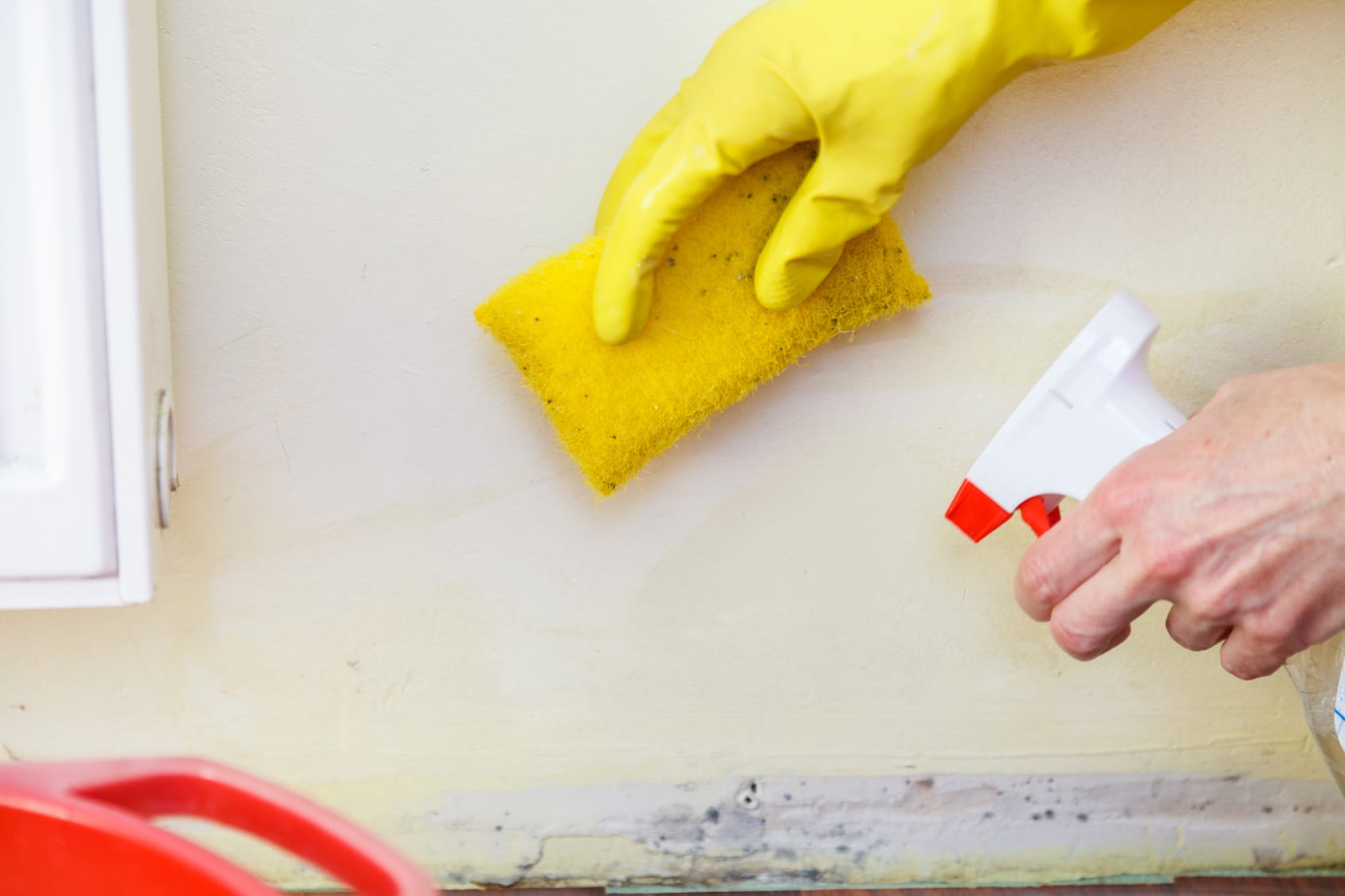Your Ultimate Guide to Post Mold And Mildew Remediation Strategies
Browsing the world of post-mold remediation techniques is a precise process that requires interest to information and a detailed understanding of the intricacies included. In the consequences of mold and mildew problem, recognizing how to effectively get rid of the mold and mildew and stop its reoccurrence is paramount for keeping a healthy and balanced indoor environment. From picking the appropriate cleansing and decontaminating techniques to executing strategies for lasting mold and mildew prevention, each action in the remediation journey plays an important role in making certain a successful outcome. As we start this expedition of post-mold removal methods, we will certainly discover the essential approaches and finest techniques that can assist you restore your room to its pre-mold condition and secure it against future mold and mildew dangers.
Comprehending Post-Mold Removal Refine
After completing the mold and mildew remediation process, it is essential to comprehend the post-mold remediation methods that are needed to make sure a reliable and comprehensive cleanup. Once the mold and mildew has actually been gotten rid of, the following action includes cleaning and disinfecting the influenced locations to stop any regrowth of mold and mildew. This includes using specialized cleansing representatives to wipe down surfaces and kill any kind of remaining mold and mildew spores. It is vital to dry out the location totally to inhibit the growth of mold and mildew in the future (Post Mold remediation cleaning). Appropriate air flow and dehumidification can aid in this procedure.
Additionally, conducting a final evaluation post-remediation is important to guarantee that all mold and mildew has been efficiently eradicated. If the examination exposes any type of lingering mold, extra remediation might be needed.
Efficient Cleaning and Decontaminating Approaches

Avoiding Future Mold Growth

Importance of Correct Air Flow
Proper air flow plays a vital role in preventing dampness buildup, a vital aspect in mold development within indoor settings. Effective air flow systems help remove excess moisture from the air, decreasing the possibilities of mold spores discovering the wetness they require to spread and germinate. Without appropriate ventilation, indoor rooms can end up being a breeding ground for mold and mildew, bring about prospective wellness risks and structural damages.
By ensuring appropriate air blood circulation, ventilation systems can also aid in drying out moist locations quicker after water damage or flooding cases, further preventing mold and mildew development. Post Remediation verification. In rooms like washrooms, attics, basements, and kitchens where moisture levels tend to be greater, installing and maintaining effective ventilation systems is important in preventing mold infestations

Tracking and Maintenance Tips
Provided the critical function that proper ventilation plays in protecting against mold and mildew growth, it is necessary to establish reliable surveillance and maintenance suggestions to ensure the continued performance of ventilation systems. Regular assessments of ventilation systems need to be carried out to inspect for any type of indications of clogs, leaks, or breakdowns that might hinder appropriate air flow. Tracking moisture degrees within the building is additionally essential, as high humidity can add to mold development. Installing a hygrometer can aid track humidity levels and alert property owners to any spikes that may need focus. In addition, guaranteeing that air filters are on a regular basis cleansed or changed is crucial for preserving the effectiveness of the ventilation system. Carrying out a timetable for regular maintenance tasks, such as duct cleansing and a/c system home assessments, can assist protect against problems before they intensify. By staying positive and attentive to the problem of ventilation systems, homeowner can efficiently minimize the risk of mold regrowth and keep a healthy and balanced interior setting.
Conclusion
To conclude, post-mold remediation techniques are essential for guaranteeing a risk-free and tidy environment. Comprehending the process, carrying out effective cleansing and sanitizing methods, avoiding future mold growth, preserving this link proper air flow, and regular surveillance are all vital action in the remediation procedure. By adhering to these standards, you can successfully remove mold and stop its return, promoting a healthy and balanced living or working space for all passengers.
In the after-effects of mold infestation, recognizing just how to efficiently get rid of the mold and mildew and stop its reoccurrence is vital for keeping a healthy interior setting. Once the mold and mildew has actually been eliminated, the following step entails cleaning and decontaminating the affected locations to protect against any regrowth of mold - Post Mold Remediation Report. After removing noticeable mold and mildew growth, it is critical to clean up all surface areas in the damaged area to remove any type of continuing to be mold and mildew spores. To further enhance mold prevention steps, it is crucial to address underlying issues that initially led to mold advancement.Offered the critical role that proper ventilation plays in stopping mold growth, it is imperative to establish effective monitoring and maintenance ideas to make certain the ongoing capability of air try this out flow systems